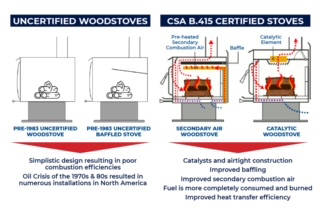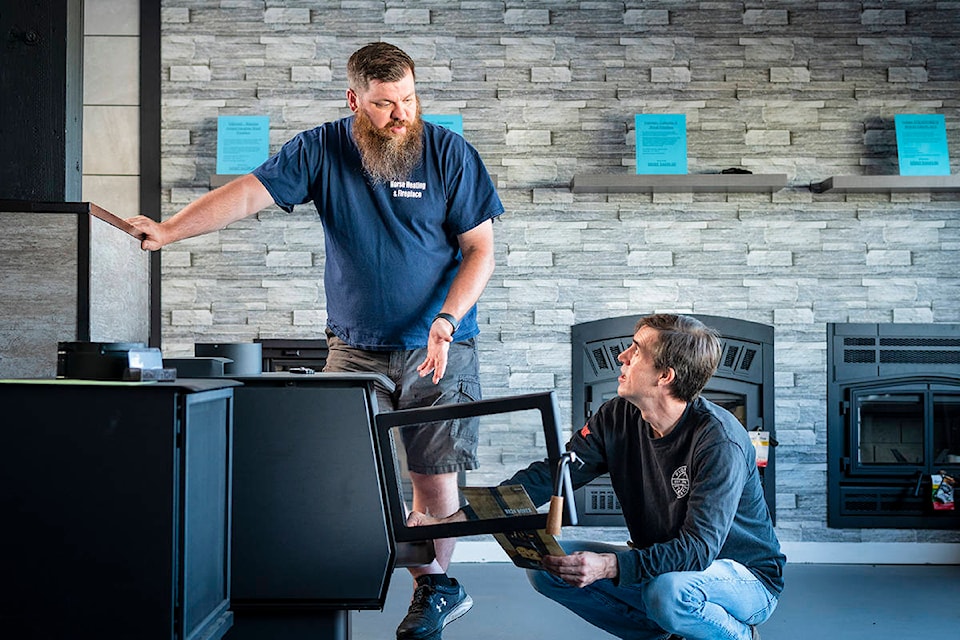Clean air and efficient wood-burning are not mutually exclusive. With the right appliances and appropriate education, the two go hand-in-hand.
As the Comox Valley looks at options for improving air quality in the region, the Hearth, Patio & Barbecue Association of Canada is keen to collaborate with local governments on effective regulation and practical solutions that work.
Solutions start with meaningful engagement with all parties impacted.
The HPBAC has worked with other BC municipalities, including Metro Vancouver, to develop policy informed by all stakeholders. For more than 25 years, the industry has advocated for clean air and clean burning, recognizing that Canadians rely on a responsible balance of renewable energy sources, including low-cost wood, to ensure affordability and consumer choice.
Bans of wood-burning appliances in new homes or renovations can result in increased home heating costs and take away the right of residents to enjoy the level of security provided through efficient and sustainable wood burning as a primary and backup heat source. When adverse weather such as freezing rain and windstorms impact your ability to heat your home, you have a right to use a wood burning appliance. Furthermore, the regulation does nothing to encourage replacing outdated wood stoves or needed investment in a sustainable supply of properly seasoned wood.
Conversely, replacing those outdated units with a modern, certified wood-burning appliance will contribute to air quality improvements. New, high-efficiency wood stoves – many made right here in BC – are clean-burning and emissions certified to the latest standards, producing up to 90 per cent fewer emissions.
“Municipal regulations in the Comox Valley that are intended to improve air quality are targeting and restricting the use of certified high-efficiency wood stoves – this is not the problem, nor it will address the issue – which raises the question of why the regulations are in place?” says Jeff Loder, HPBAC Director of Public Affairs. “HPBAC is hopeful that Comox Valley municipalities will work with industry towards a results-oriented approach that is in the best interests of residents and the local industry.”

The right approach – and the right expertise
Reducing air-borne particulates and greenhouse gases is possible with the right approach – and the right expertise. HPBAC members have the technical knowledge and expertise to ensure homeowners get the right equipment, properly installed, and learn good, safe wood-burning practices.
With that in mind, the association proposes a three-pillar approach to ensure sustainable and measurable improvement to air quality and greenhouse gas emissions in the Comox Valley, using renewable, locally sourced fuel:
- Availability of sustainable, dry, and seasoned wood supply for clean-burning – Establish a retail wood lot providing a stable supply of seasoned fuel at a centralized location with pick-up and delivery services.
- A general and targeted residential exchange program – Replace uncertified wood stoves and inserts with certified appliances, supported with consumer financial incentives and the requirement that old appliances be destroyed.
- A comprehensive public education program – Wood-burning clinics, in-home training, and burn display demonstrations will increase consumer knowledge and appliance efficiency.
You ought to have a right to use a wood-burning appliance. To learn more, visit overturntheban.ca
